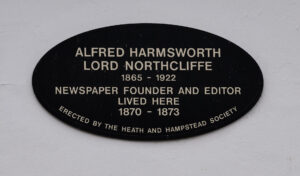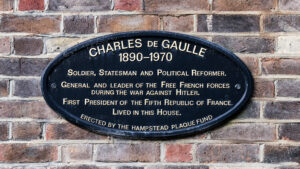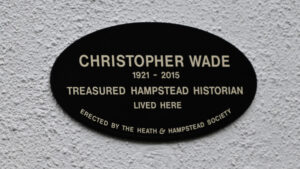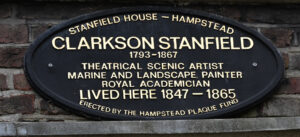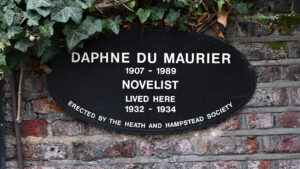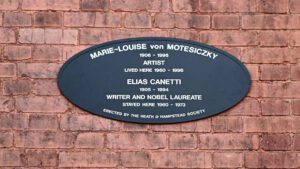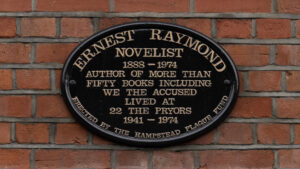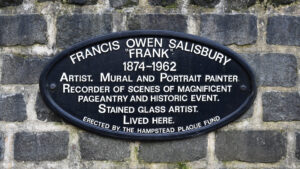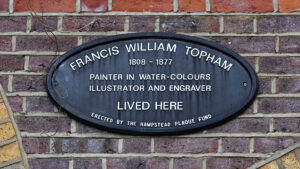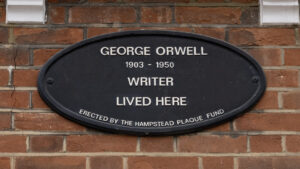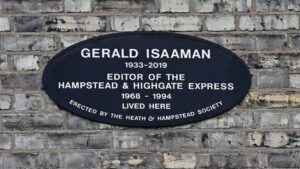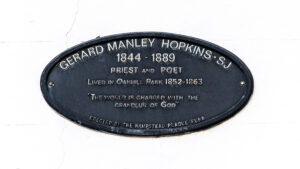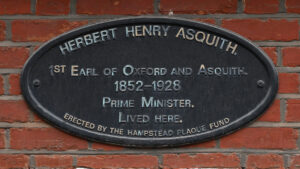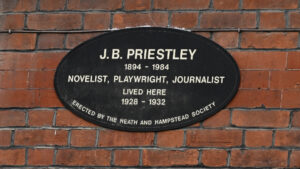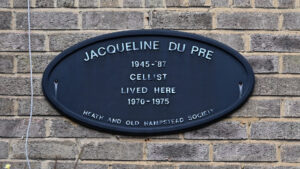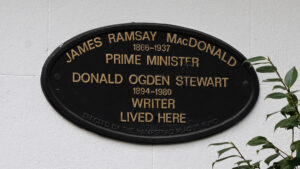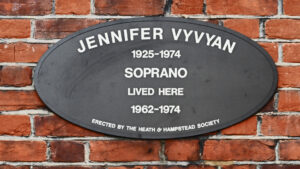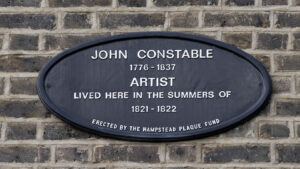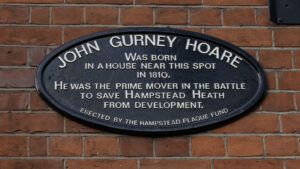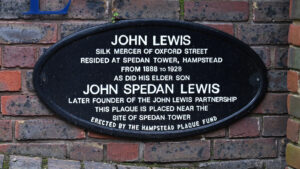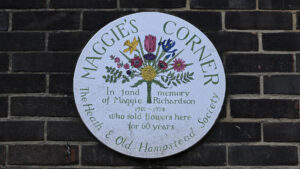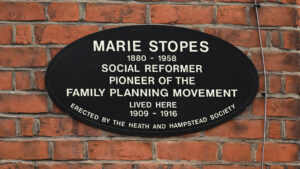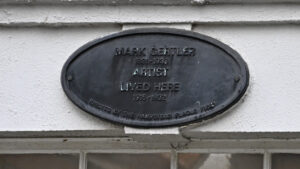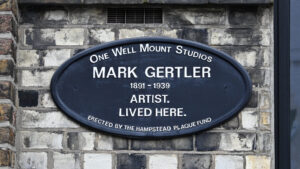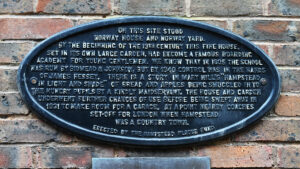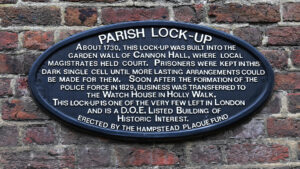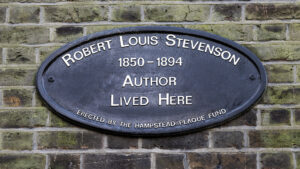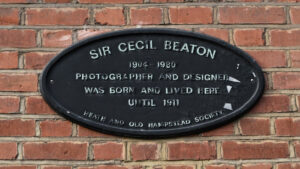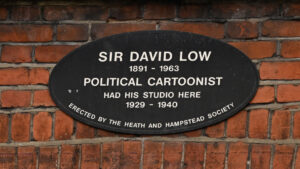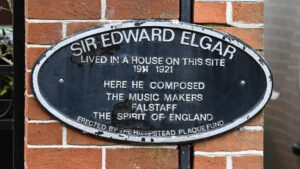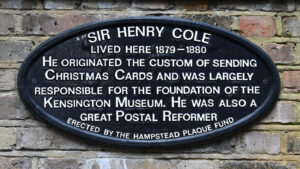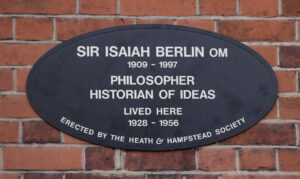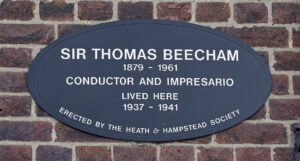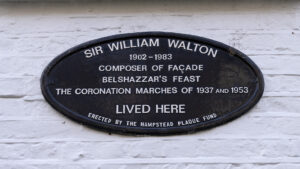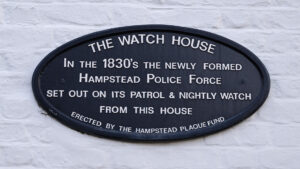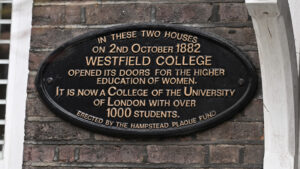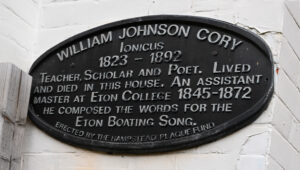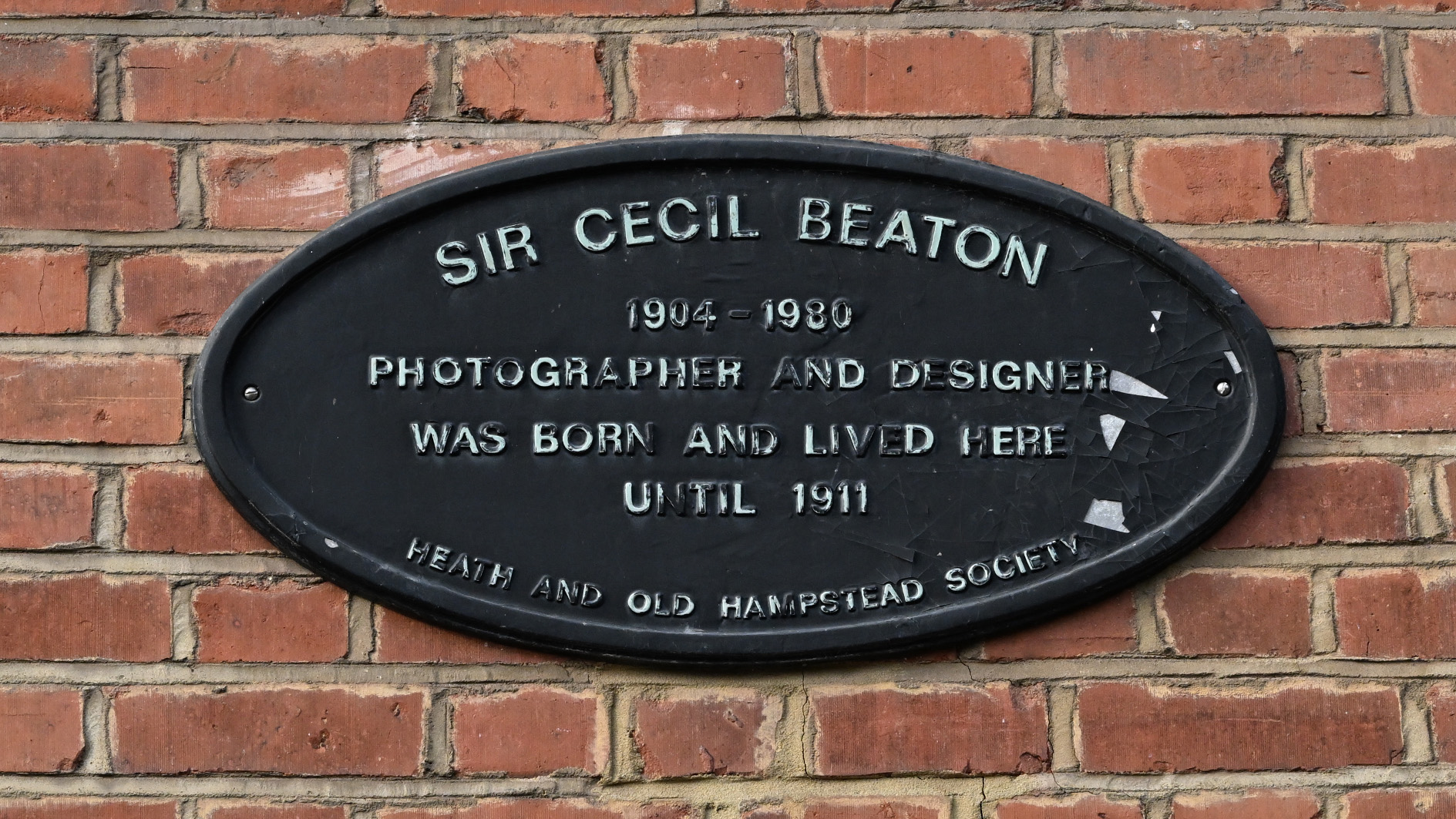
Sir Cecil Walter Hardy Beaton was one of the most celebrated British portrait photographers of the twentieth century and is known for his images of elegance, glamour, and style. His influence on portrait photography lives on today in the work of many contemporary photographers.
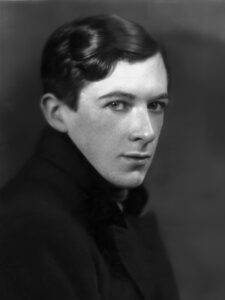 He was born in 1904 in Hampstead and sent to Heath Mount School in Hampstead where he was mercilessly bullied by Evelyn Waugh. His artistic talents were quickly recognised at St Cyprian’s School in Eastbourne. His nanny had a Kodak 3A camera and she began teaching him the basics of photography and developing film. He was sent to Harrow School and then St. John’s College, Cambridge, where he studied history, art, and architecture, but he left without a degree in 1925.
He was born in 1904 in Hampstead and sent to Heath Mount School in Hampstead where he was mercilessly bullied by Evelyn Waugh. His artistic talents were quickly recognised at St Cyprian’s School in Eastbourne. His nanny had a Kodak 3A camera and she began teaching him the basics of photography and developing film. He was sent to Harrow School and then St. John’s College, Cambridge, where he studied history, art, and architecture, but he left without a degree in 1925.
He started work in the family cement business, and then a cement merchant in Holborn. His weekends were “an orgy of photography”. Under the patronage of Osbert Sitwell he mounted his first exhibition at the Cooling Gallery in London. Believing that he would meet with greater success in America, he left for New York and slowly built up a reputation there. He was a staff photographer at Vanity Fair and Vogue. By the time he left, he had a contract with Conde Nast Publications “to take photographs for several years to come”.
His ambition and personality helped him to mingle with a flamboyant and rebellious group of artists, writers and socialites, known as the ‘Bright Young Things’. He captured the spirit of the roaring twenties and thirties with his camera. He built a reputation for his beautiful, often striking, and fantastic photographs, which culminated in his portraits of Queen Elizabeth in 1939. He was fired by American Vogue in 1938, after he inserted some tiny-but-still-legible antisemitic phrases at the side of an illustration about New York society.
He then returned to England, where the Queen recommended him to the Ministry of Information. He became a leading war photographer, best known for his images of the Blitz. His range expanded and his career was restored. After the war, Beaton worked on stage in Broadway, designing sets, costumes, and lighting for a 1946 revival of Lady Windermere’s Fan. He designed the iconic costumes for Audrey Hepburn in My Fair Lady
In 1947, he bought Reddish House in Wiltshire which he transformed. He was knighted in 1972. He remained at the house until his death in 1980 and is he buried in the parish churchyard.
VIEW ON MAIN INTERACTIVE MAP
1
